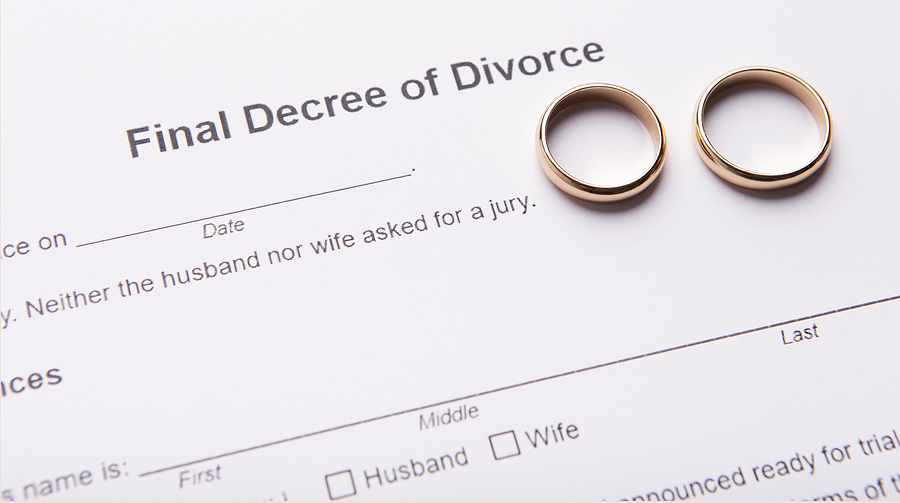The custody of a child can be one of the most arduous and emotionally draining aspects of the divorce process. When you decide to separate from your spouse, there may be a variety of reasons why that decision was necessary. While it is possible to get divorced without having to go through this process, in many cases, it is necessary for child custody-related issues to be resolved. The step beyond the conclusion of the separation is the determination of child custody, child support, and marital assets.
Typically, the parties’ attorneys and financial advisors are involved in the preparation of custody agreements prior to the finalization of the divorce. Once the divorce is final, by far, litigation is the most common way that custody arrangements are finalized. Even so, many people find themselves surprised at how difficult it is to achieve a complete agreement on issues like child custody. It is quite common for parents to make contradictory statements about the terms that they intend to use in the custody arrangement. Once these conflicting statements are brought to the parties’ attention, it can create additional problems for them.
What is Child Custody?
Child custody is the right to make decisions regarding the upbringing and care of a child, including where a child will live and who will have custody. These decisions are made by child custody experts, who look at not just financial issues but also mental health and education issues. The parties may be prohibited from seeing each other. In some states, it is illegal for one parent to have visitation rights when their spouse has sole physical custody of the child.
Child custody can decide what religion a child will follow. In most cases, the parent who has physical custody of the child will determine religious training. In today’s society, the need to designate a parent as a primary caregiver is becoming more and more important. There are several factors that are used in making this determination, including home environment, finances of each parent, and time spent with children. One of the most critical aspects of this process is ensuring that both parents share equal parental rights and responsibilities for their children.
What Are the Different Classifications of Child Custody?
When it comes to the custody issues of children in this country, there are very few instances where the courts do not consider whether a child has been abused. Sometimes, the courts will decide to do this based on hearsay evidence. However, abused or neglected children have a much greater chance of being awarded sole or joint custody with the other parent. In order to attain complete custody of one’s child, parents may need to establish that they can be trusted with the care and well-being of their child.
In many states, the parents of a child can be in joint custody or sole custody. Joint custody is when both parents are equally responsible for their child’s upbringing. In addition to this right to make decisions regarding their child’s care, the parents may jointly make decisions regarding the child’s education and religion. The decision to award joint custody requires that both parents have proven parentage of the child and that they have exercised their rights as a parent in an even-handed manner.
What Are Visitation Rights?
In the majority of states, the mere fact that a parent has a custodial arrangement does not mean that they have the right to an ongoing relationship with their child. In many states, only one parent can have visitation rights with the child regardless of whether he or she wants to have them. Parents are typically awarded joint custody and are restricted from having any meaningful contact with their children unless they are able to prove that they need more time with their children to complete important obligations like school. In many cases, visitation rights are awarded only to parents who are on good terms with their children.
In other instances, when the parents cannot agree on all the terms and details of their child custody arrangement, judges will make their own determinations based on what they consider to be in the child’s best interests. They will determine whether there is a history of domestic violence between the parents. They may also look at whether there is a history of child abuse or neglect by any one of them.
Are There Different Types of Visitation Rights?
There are many different types of visitation rights that states can provide. Some allow parents to make decisions on their child’s religion. Others allow them to make decisions regarding the child’s medical needs and education. Other regulations may limit a parent’s ability to pick up their child from school or prevent them from visiting particular places. In most cases, these restrictions are designed to protect children who are in the custody of one parent while they are still young and immature, but as they grow older, they may be able to make legitimate decisions about their own lives. In some cases, grandparents can be awarded visitation rights with their grandchildren, or parents can be awarded shared custody of their grandchildren, who are in the custody of their other parent.
Conclusion:
There are many factors to consider if someone is thinking about filing for divorce or modifying their existing custody arrangements. The first and perhaps most important thing that a parent must do is determine whether they qualify for any kind of shared custody. If this is the case, then both parents should make a list of their priorities and discuss what they expect from each other during the proceedings. In some cases, this process may be enough to settle on an arrangement that works for everyone involved.
Image Source: BigStockPhoto.com (Licensed)
Related Categories: Family, Reviews







